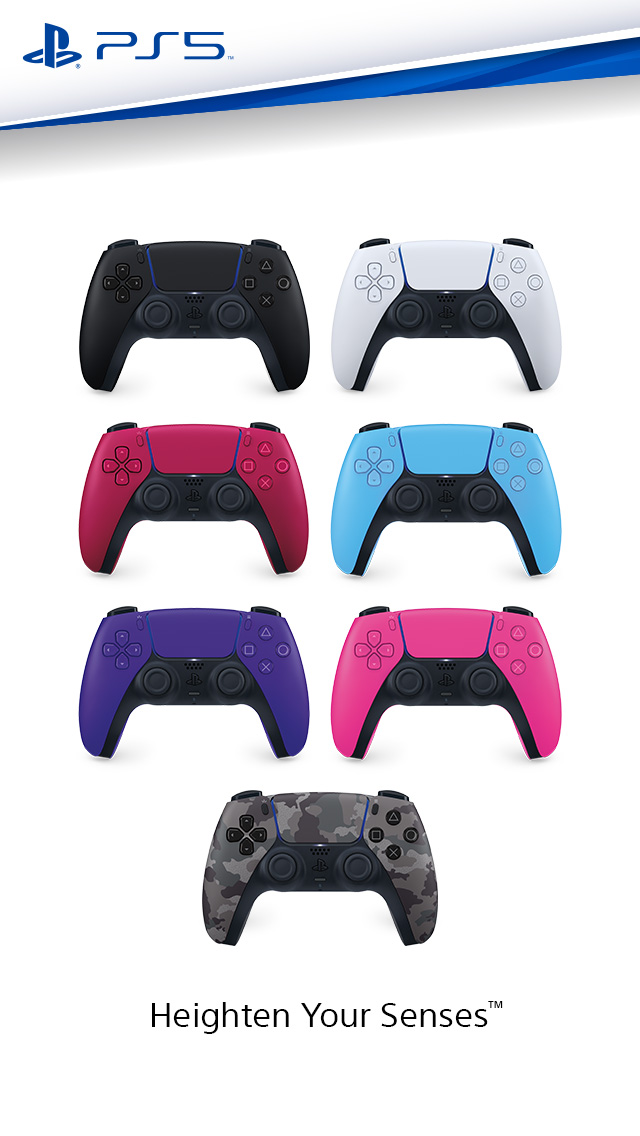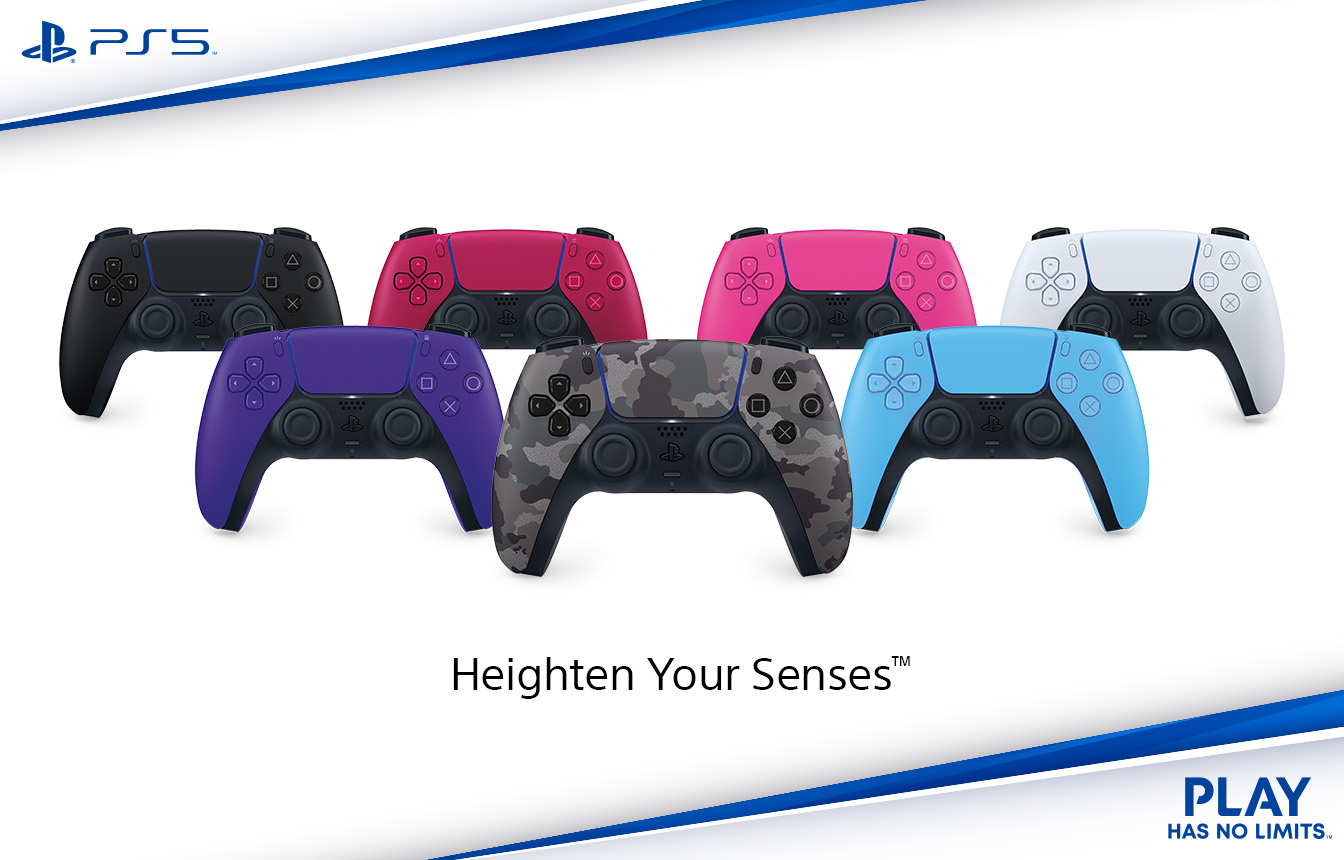When the original Hatsune Miku: Project DIVA was first released as a PSP exclusive in 2009, it sounded like a combination that was right up my alley: a button-pushing rhythm game mixed with music from the burgeoning Vocaloid community. It didn’t take me long to fall madly in love with the game, and with the exception of its spin-off Project Mirai, I’ve played and own every game in the Project DIVA series.
As someone who became a fan of the games long before they were released outside of Japan, I’ve come to lose a little faith in the direction Sega was taking things over time. The first title we got on these shores was Hatsune Miku: Project DIVA F, which served to both move the franchise from the PSP to the Vita, while also finally giving the games proper console versions. Unfortunately, at that point, we also saw the introduction of Star notes, which I came to loath because they relied on gimmicky interactions—such as touchscreen swipes or analog stick taps—to keep up your combos. Also, some of the games were becoming a bit bogged down by “other” content that would get in the way of those players who weren’t there for the fluff (such as Project Diva X’s story mode and its process for unlocking songs).
Enter Hatsune Miku: Project DIVA Future Tone, a new digital- and PS4-only home release that’s fashioned after the franchise’s arcade offshoot. Having played the arcade games both here in the States and over in Japan, I always thought that they were fun additions to the music/rhythm section of your local game center, but that they weren’t much more than casual distractions to the “real” (i.e. home) releases in the series. Except, Future Tone has become something more in its arrival on a home platform: it’s become the savior of the series for a fan like me. This is, without question, the best Project DIVA release we’ve ever been given—to an almost ridiculous degree.
Future Tone is Project DIVA stripped down to its most core elements. Gone is any sort of storyline or campaign mode. Gone is the option for decorating the rooms of the various Vocaloids and then watching them lounge around partaking in various activities. Gone is even the requirement to unlock the game’s music tracks, as they’re all ready and waiting right from the start. (I know some of you, when reading that, may be resistant to the idea of having less “stuff to do”—but trust me, it’s for the better.)
Going into Future Tone’s Rhythm Game mode offers up an interface that indeed feels like it shares a lot of DNA with the arcade releases. Scrolling through the list is quick and easy, with filters available for only listing tracks that start with a certain range of letters, sorting everything by singer, saving songs to a favorites list, and more. The overall interface is beautiful, filled with personalized cover and background art for every inclusion of the soundtrack, and song previews play automatically without needing to press a button. Choose a song, and you can jump into playing it, go for a practice run, or simply watch it like a music video without any interface or note markers in the way.
Playing Future Tone will feel familiar to series fans, but there are a few tweaks of note. The core engine is still the same: markers appear on-screen representing the four main PlayStation buttons, colored notes slide onto the screen moving toward their companion marker, and when the two meet, you press the proper button on the controller. By default, however, the standard notes are mixed up a little: X and Circle are still present, but Triangle and Square are instead Up and Left arrows. This is because the old arrow markers—where you’d hold the direction on the d-pad and press the proper button at the same time to register that note—are gone, and both arrow and button symbol notes can be triggered either way. (So, for example, you can hit Down for an X note, or Square for a Left note.) Initially, having two of those notes be arrows instead of the buttons feels like an arbitrary change, but it was done because there’s a lot of multi-button combinations that can get a little tricky to pull off with just one thumb handling the four PlayStation face buttons. However, so long as you can just mentally handle what’s what, you can go in and change the on-screen note markers to be all button symbols (which I did), various mixes of buttons and arrows, or only arrows.
One of the best parts of Future Tone for me gameplay-wise is that added to the list of what’s gone are those damned Star notes. In their place, we get Slides, which use the L1 and R1 buttons (by default) for either quick presses or longer holds. Slides accomplish what I think Stars always wanted to be but never could: a way to deepen song chart possibilities while also being able to integrate in with the rest of the note types. Beyond that, the one other big change is in Hold notes. They’ve undergone a bit of a cosmetic change, because now Holds don’t have a set amount of time you need to hold them—the longer you can keep one held, the more points you get, up to a set maximum for each. I really like the change, because it allows for a bit more skill in knowing how to activate the notes that’ll let you keep them held while also continuing on with the song while you do.
Really, though, “skill” is what the entire game is focused around, and having that purity of gameplay mixed with the new ideas presented here makes for what’s probably the most enjoyable Project DIVA we’ve ever received. Even on normal difficulty—which I’ve always considered to be the true “easy” in these games—there’s enough variety in what you’ll be doing to not make things a total bore. Get into Hard, Extreme, or higher, and the true shine to what’s been built here shows through, with all of the note types working together to create a challenging flow (instead of potentially clashing with one another).
And then, we get to what is the best part of Future Tone: its track list. The game first comes as a free two-song demo called Prelude, but then if you purchase both of the game’s two separate track packs—Future Sound and Colorful Tone—the soundtrack is bumped up to over 200. Games such as this live or die by their song selection, and there’s just no way any other Project DIVA release can come close to what we’ve been given here. Even better, Future Tone works as something of a “best of” look back at the series up until now, as the music is collected from the main Project Diva line (Future Sound pack), Project Mira and Project DIVA Arcade (Colorful Tone pack), plus a handful of new tracks thrown in. I simply can’t emphasize enough how fantastic the song list is here, or how having so much music in one well-built game is just what I’ve wanted for so long. Plus, for any of you out there who haven’t cared for the more concert-oriented style some of the recent games have taken, every song here includes a proper music video—including higher-resolution versions of those that originally existed for songs even back through the PSP releases.
While that’s the majority of what you can expect gameplay-wise, there is then a smattering of other features or options included to help support that core. There are still unlockables in the form of a huge amount of modules (outfits), hairstyles, and accessories for the Vocaloids, so that you can customize their looks for any of the music videos how you see fit. There’s a wide array of button sounds being offered up—or the ability to silence them completely for those of us who prefer that method—along with options for things like multi-button press assistance, if the vocals should play or not when you miss a note, lag configuration, and so on. As well, you can make your own playlists (which can run ordered or shuffles), there are online leaderboards for competing against other players for the high scores on any song, a few included promotional videos for the series, and a kinda-but-not-really hidden Survival Course option to see if you can survive a stream of pre-selected tracks on only one life. However, the one complaint I had for the game shows up here: the “Hi Speed” modifier for notes has only one speed setting, which seems seriously limiting compared to what some other games have offered.
Even as recently as a month ago, I was proclaiming that 2011’s Japan-only Project DIVA Extend was still the best the series had to offer. Well, those days are now over. Hatsune Miku: Project DIVA Future Tone is the pinnacle of Sega’s Vocaloid-focused efforts, and is a release that’s so good, so fun, so chocked full of songs, and so complete in what more dedicated fans of the series could want that I’m now not sure how you follow this up—unless that answer is simply “add more songs to Future Tone” (which I’d take without hesitation). If you care less about the added distractions and more about the core gameplay, the music, and the brutal challenge that Hatsune Miku and friends can give you once you get into the higher difficulty levels, then Project DIVA Future Tone is the absolute best thing to come along in the franchise’s almost eight years of existence.
|
★★★★★
Western Vocaloid fans—and the Project DIVA franchise itself—have now received the very best that Sega’s music gaming efforts have produced up until this point. Hatsune Miku: Project DIVA Future Tone is a stellar rhythm game, offering fantastic gameplay supported by a massive list of music. |
Developer Sega, Crypton Future Media Publisher Sega ESRB T - Teen Release Date 01.10.2017 |
| Hatsune Miku: Project DIVA Future Tone is available on PS4. Primary version played was for PS4. Product was provided by Sega for the benefit of this coverage. EGM reviews on a scale of one to five stars. | |

Mollie got her start in games media via the crazy world of gaming fanzines, and now works at EGM with the goal of covering all of the weird Japanese and niche releases that nobody else on staff cares about. She’s active in the gaming community on a personal level, and an outspoken voice on topics such as equality in gaming, consumer rights, and good UI. Check her out on Twitter and Mastodon.





